
The Price of Aesthetics
Body piercings have become extremely popular lately with the number of people deciding to have these constantly increasing. As far as the ear is concerned, these piercings usually do not involve the fleshy part of it. Rather, cartilage parts of the ear are the most desirable piercing spots, being choices of many. However, cartilage, being far more delicate and prone to complications, if taken proper care of, easily ends up with infections around the piercing spot. These infections, if not treated in time, can be fairly dangerous. Therefore, one is best to get informed and react timely in case his or her piercing gets infected.
Symptoms of Piercing Infection
Usually, as it is the case with most other infections, pain is the best indicator of something going wrong. If your piercing spot starts to hurt, gets red or swollen, there is a high likelihood that an infection is at hand. Additionally, in order for your organism to protect itself from bacteria, it expels a white material called lymphatic fluid. Later, this turns yellow, marking the ear's recovery. However, if the pain remains persistent, bleeding occurs along with possible foul smell of the pierced spot, there is a far more serious infection taking place. If these symptoms, as well as pus expel, show up, seeking medical assistance is a must.
How Can It Be Treated?
If you decide to visit the doctor, he or she will probably prescribe you some antibiotics in order to treat the cartilage infection. However, if you decide to treat it yourself, you can. You will need a saline solution. In order to make this, mix a half of a teaspoon in one cup of warm water. Clean the infected spot with this solution three times a day. Additionally, you can take vitamin C and zinc supplements, since these are able to increase the speed of your recovery process.
Instead of ending up with an infection, one needs to know how to keep his or her piercing clean and healthy. First of all, you should never touch your piercing spot or play with your jewelry. If you must touch these, make sure you have washed your hands with an antibacterial soap. Secondly, disinfect the piercing jewelry and the pierced skin regularly using antiseptic solutions. Additionally, be careful while putting your clothes on, in order not to pull your piercing in the process. Also, do not change jewelry often and keep your hair clean. Finally, when using a telephone, make sure you are not pressing it onto your piercing spot since, this is the easiest way for the bacteria to enter the piercing wound.


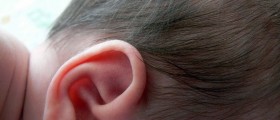
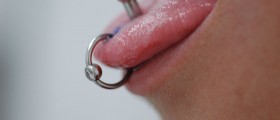
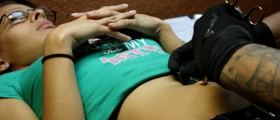
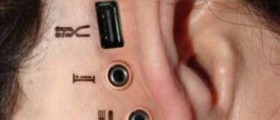



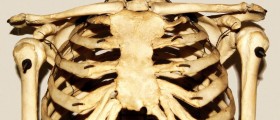


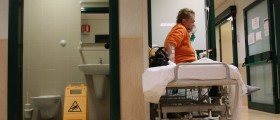

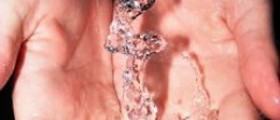


Your thoughts on this
Loading...